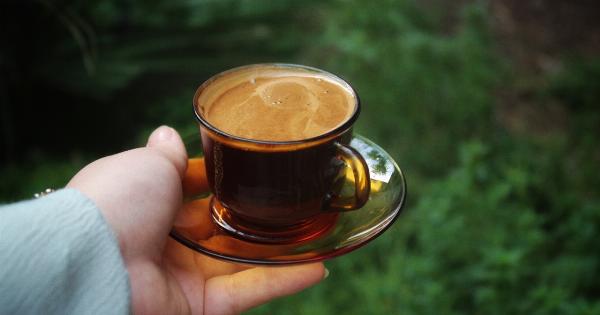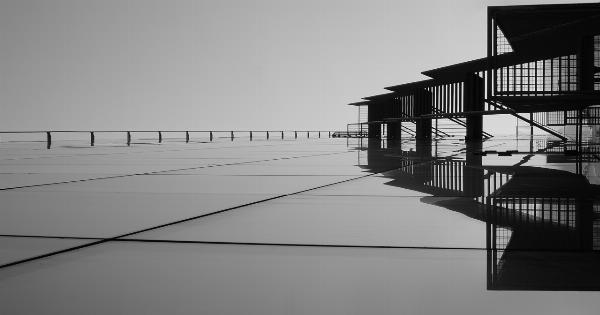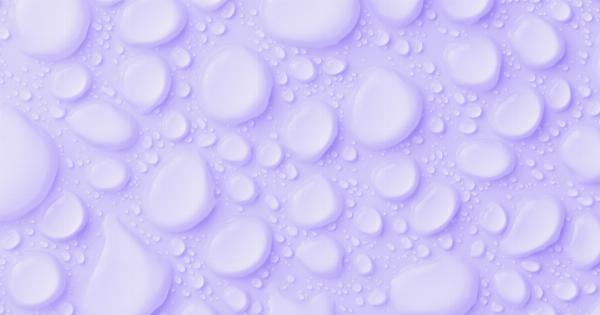For coffee lovers, there’s nothing quite as satisfying as a rich, creamy cup of java.
But have you ever wondered how that once watery liquid magically transforms into a velvety and thick beverage? The answer lies in the science of coffee chemistry. In this article, we’ll uncover the mystery behind what makes coffee thick, so grab your favorite mug and let’s delve into the intriguing world of coffee chemistry.
The role of coffee beans
It all starts with the coffee beans themselves. Coffee beans are the seeds of the coffee plant, which are harvested, roasted, and then ground to make coffee.
These beans contain various compounds that contribute to the thickness and texture of the final cup.
The magic of caffeine
Caffeine, the beloved stimulant found in coffee, plays a significant role in thickening the beverage. When coffee is brewed, the hot water extracts caffeine from the beans.
Caffeine is a natural solvent, meaning it has the ability to dissolve other substances. As it dissolves in the brewed coffee, it forms complexes with certain compounds, altering the texture and viscosity of the beverage.
Chlorogenic acids and acidity
Another group of compounds found in coffee beans that contribute to its thickness are chlorogenic acids. These acids not only provide a unique flavor profile, but they also influence the acidity of the coffee.
Acidity, in turn, affects the perception of body and thickness. Coffee with higher acidity may taste thinner, while low acidity can enhance the perceived thickness.
Emulsification: the secret texture enhancer
One of the key processes in thickening coffee is emulsification. Emulsification is the physical process of dispersing one liquid into another, typically immiscible, liquid.
In the case of coffee, emulsification occurs when the hot water, containing dissolved coffee compounds, is combined with the fats and oils naturally present in coffee beans.
The fats and oils act as emulsifiers, helping to disperse the insoluble coffee compounds throughout the liquid. This process not only contributes to the thickening of the coffee but also enhances its mouthfeel and overall sensory experience.
The role of temperature
Temperature also plays a role in the thickening of coffee. When coffee is hot, the heated molecules are more active and move around more freely.
This increased movement allows the coffee compounds to interact and form complexes, further contributing to the thickness of the beverage.
However, as coffee cools down, the molecules become less energetic, leading to a decrease in the interactions between compounds. Consequently, the coffee may appear thinner as it loses its heat.
This explains why coffee thickens when it’s hot and may become more liquid-like as it cools down.
Frothing and foaming
For those who fancy cappuccinos or lattes, frothing and foaming milk can add an extra dimension of thickness to coffee.
Milk proteins, such as casein and whey proteins, have the ability to create a foam structure when air is incorporated into the liquid.
When milk is frothed, tiny bubbles are formed and dispersed throughout the milk, increasing its volume and creating a creamy texture.
When this frothed milk is added to coffee, it not only heightens the creaminess but also adds a layer of luxurious thickness to the overall experience.
Grind size and extraction
The grind size of coffee beans also influences the thickness of coffee. Finer grounds have a larger surface area, allowing for greater extraction of coffee compounds during brewing.
This results in a higher concentration of dissolved solids, contributing to a thicker and more robust cup of coffee.
On the other hand, coarser grounds have a smaller surface area, leading to a lower extraction of compounds and a thinner brew. Therefore, adjusting the grind size can be a way to manipulate the thickness of the final coffee product.
Roasting: the secret to a bold and thick cup
Roasting is another crucial factor in achieving a thick and flavorful coffee. During the roasting process, coffee beans undergo numerous chemical reactions, resulting in the development of complex flavors and aromas.
Roasting causes the breakdown of carbohydrates and proteins present in the coffee beans. This breakdown leads to the formation of new compounds that contribute to the overall texture and thickness of the brewed coffee.
The longer and darker the roast, the more pronounced these compounds become, resulting in a bolder and thicker cup of coffee.
Other factors influencing thickness
While the beans and brewing process are key determinants of coffee thickness, there are a few other factors that can influence the final product.
Water quality: The mineral content and overall quality of the water used for brewing can affect the extraction process and, consequently, the thickness of the coffee.
Water that is too hard or soft may not extract the desired compounds effectively, leading to a thinner brew.
Brewing method: Different brewing methods, such as espresso, French press, or pour-over, can produce coffee with varying levels of thickness.
Each method has its unique characteristics, which affect the extraction process and ultimately influence the texture of the coffee.
The perfect cup: a balance of taste and texture
Ultimately, the thickness of coffee is a delicate balance between taste and texture. While some coffee lovers prefer a thicker, bolder cup, others may enjoy a lighter and more delicate brew.
Experimenting with different brewing techniques, bean types, and grind sizes can help you find the perfect balance that suits your personal preference.
So, the next time you savor a cup of thick, velvety coffee, you can appreciate the intricate chemistry behind this seemingly simple pleasure.
From the coffee beans themselves to the roasting process and the brewing method, each step contributes to the captivating transformation that occurs from a humble seed to a luxurious elixir.






























